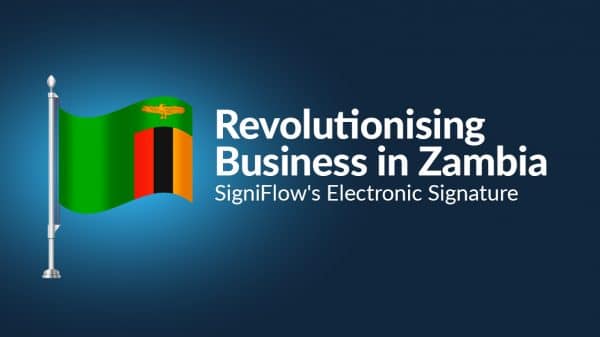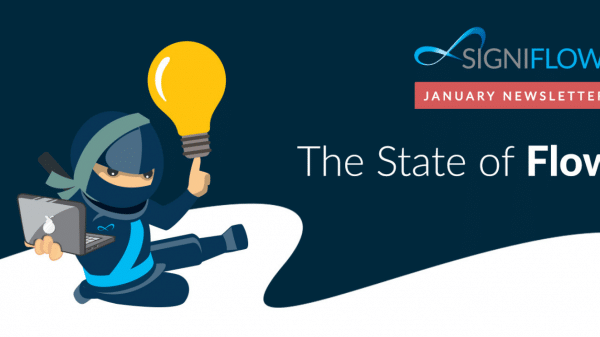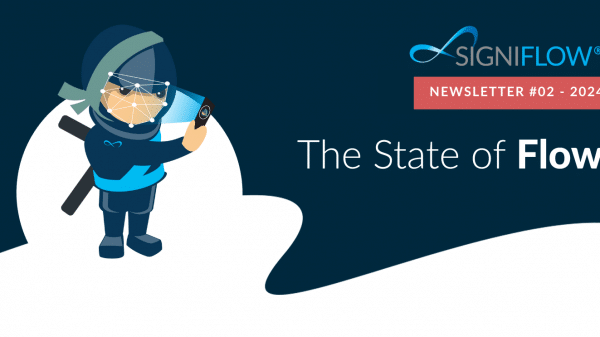A lot of the trepidation around digital transformation comes from misnomers & misunderstandings around what it is. We shed some light & offer professional tips to help make the process more doable than daunting.
Whether it’s because you don’t feel ready for disruption, don’t know how worthwhile it is for your business, or you’ve actually tried digital transformation before and failed, you are not alone in your fear of it.
IT experts regard digital transformation (also referred to as DT or DX) as an absolute necessity, given the globalisation and mobility that underpins modern-day business.
But, despite digital transformation being a vital part of companies’ future, many are resistant to it. Change can be scary. Digitalisation is new, daunting and often not seen by businesses as a necessity – and so put on the backburner or pushed to the curb entirely.
Undoubtedly, much of this fear factor stems from misnomers, myths and misunderstandings around what digital transformation actually is, and what it entails.
DX Debunked
To understand what digital transformation is, let’s first look at what it is not.
• DX is not an immediate change; it is a shift in how you conduct your business – in the long term and going forward. Think of it like a lifestyle change, rather than a crash diet – which it’s no secret, never works.
• DX is not an IT project; it is a fundamental and gradual paradigm shift that must be understood and taken on board by the entire crew. Businesses cannot designate DX to their IT departments and expect it to transform the way non-IT employees work. Maximum productivity and efficiency require maximum buy-in.
• DX is not about hanging on to processes because they have worked and been effective in the past, because – in today’s business world – the case is quite the contrary. The “tried and tested” methods of yesterday are outdated, ineffective and cumbersome. This has been proven.
DX Demystified
DX is about how businesses use modern-day technology and processes, in conjunction with their resources, to optimise performance and deliver supreme value to the demanding and digital-savvy consumer of today.
US-based research company, International Data Corporation (IDC), describes DX as, “[The process of] applying new technologies to radically change processes, customer experience, and value.”
Echoing our earlier point that DX is not about solving new problems with old solutions, the company says, “DX allows organisations to become Digital Native Enterprises that support innovation and digital disruption rather than enhancing existing technologies and models.”
In one of SigniFlow’s previous articles, on customer satisfaction – which is one of the profit pinnacles of DX – we said, “Digital transformation is essentially the implementation of new technology and software tools, primarily reliant on cloud computing, to the end of solving problems and delivering solutions faster, with less operating inefficiencies and costs.”
“Organisations that have advanced to the ‘Digital Transformer’ stage are rapidly pulling away from the rest – creating the beginning of a rift that will ultimately leave organizations on either side of the thrivers or survivors.”
IDC
Top tips
Now that we’ve covered the what of DX, here are some pointers on the part that has many businesses befuddled – the how.
Founder and executive director of SigniFlow, Leon van der Merwe, and SigniFlow Americas CEO, Laila Robak, share some tips on how businesses should think – and go – about digital transformation.
- More than IT: It is important to bear in mind that DX is not an IT project; it affects the entire business. DX should not be perceived as uniquely an IT project. We have seen this a number of time with our customers – DX projects are actually led by other departments, such as HR, Legal and Sales, which require efficient and safe processes.
- Total buy-in: You need to get buy-in from all stakeholders, from the get-go. Too often we see an IT or business department buying in to a digitisation project, only to find at a later stage that Legal, HR or Architecture were all affected by the project, yet knew nothing about it. This can cause major delays to the project, while implementation could have already started. Think about everyone who will be affected by the project and involve them from the start.
- Fear not: Don’t be afraid to take some calculated risks. Any project comes with associated risks and, no matter how much time is spent defining requirements, no one can never be 100% accurate. Adopt an agile approach and use CI/CD practices to minimise the cost of being wrong, rather than spending weeks – or even months – on trying to be right.
- The human element: Nothing changes overnight, especially not people. Good DX systems simply assist humans to work more efficiently. The idea with digitisation is not to get rid of humans, but rather to make them more effective and accurate in their work, so the business can cope with expansion.
However, humans take time to adapt, to understand and to learn the new processes that have been edged into their everyday lives. Once a process is automated, give the employees time to catch up and understand how things should be done going forward. Give them training and let them see how technology can help them do things better and faster than ever before. - Digital nation: Instil a digital culture in the workplace. Ensure that a digital culture is promoted from the top, down. Put marketing material up against the office walls, promoting employees to “think digital”, even before digitisation starts. Most failed digitisation projects are as a result of employees and executive members not buying in. It is critical that everyone in the business sees the advantages of digitisation, and shares in the vision of the company.
- Rome wasn’t built in a day: Do not try to digitise the entire business in one go. Pick a few processes that make sense to start with, and digitise only them. As soon as employees start experiencing the advantages of the new systems first-hand, they will want more and will assist and push to have the rest of the processes digitised.
- Never-ending story: Digitisation is never done. Ever. Digitising processes takes time and – once this is done – improving on initial process designs is never-ending.
[REFERENCES]
- IDC – Digital Transformation (DX) Research
- SigniFlow – Customer satisfaction in the 21st Century: Is your business digitally equipped?
Source: SignFlow News
































